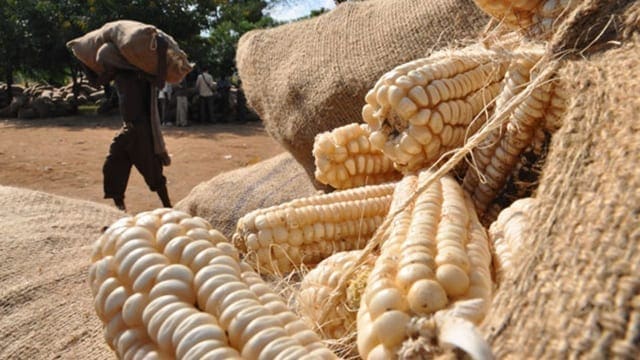TANZANIA – The National Food Reserve Agency (NFRA) will receive US$6.56 million from the government of Tanzania to be used for purchasing 28,000 tonnes of maize, only 2% of the surplus commodity to be purchased during the period.
Since the government is only buying a small of the 970,000 tonnes it was supposed to during the maize-purchasing season, the Citizen reports that farmers will have to look for own market for the surplus production.
The Reserve agency may also fall short of emergency relief as it could be unable to meet demand in the period of need.
According to NFRA acting chief executive Vumilia Zikankuba, the grain agency reached to buy such quantity of maize after considering its limited storage capacity in terms of warehouses.
“We will purchase only 28,000 tonnes out of 970,000 tonnes due to storage constraints.
Even if we had an adequate budget, it would still have been difficult for us to purchase all the maize because we don’t have the capacity to store it all,” she said.
She also revealed that NFRA had a surplus of two million tonnes of food, namely cereals and other agricultural produce.
These are part of the Ministry’s efforts to enhance food storage and security in compliance with the national agricultural policy of 2003.
In April, the government revealed plans to construct modern food storage facilities in eight zones across the country.
Decreasing maize prices
Given the harvesting season and increasing supply, maize prices continued to decrease, having dropped by an average of 19% in one month, information from the Ministry of Industry, Trade and Investment revealed.
Wholesale, retail and flour prices significantly fell for specific kilogrammes of maize between the months of May and August.
Bank of Tanzania’s monthly economic review for July showed that wholesale maize prices fell to an average of US$18.33 for a 100kg bag in June, this year, down from US$39.49 in a similar period last year.
Statistics from the Ministry of Agriculture, Livestock and Fisheries indicated that maize was the leading cereal crop cultivated in Tanzania, accounting for 74.3% of all cereals and a total planted area of 6,067,996 hectares in 2017.










